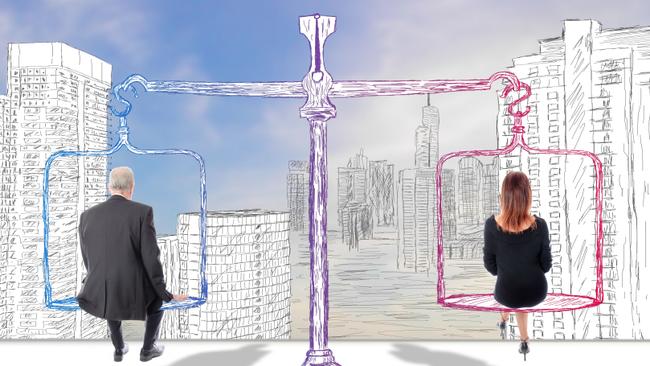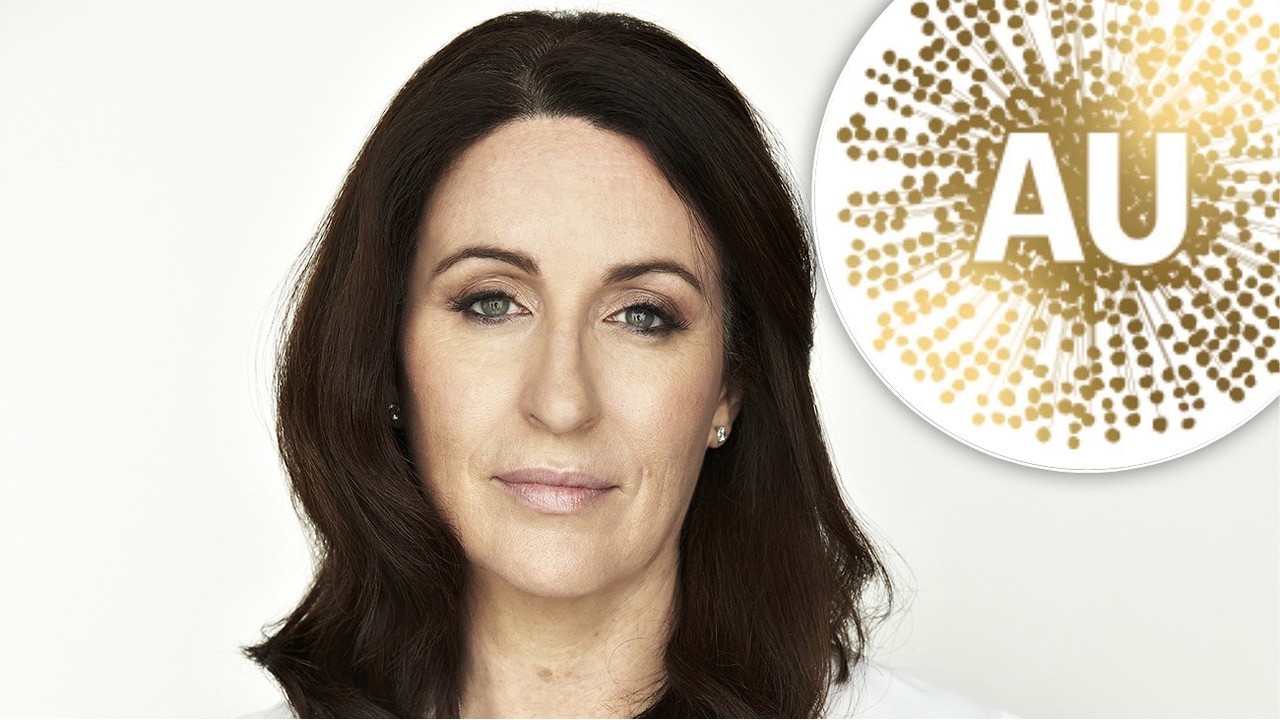Federal Budget 2019 was one for the boys
As a woman listening to the Budget speech, I saw a government that still doesn’t understand how its spending and taxation impact men and women in very different ways, writes economist Leonora Risse.
Rendezview
Don't miss out on the headlines from Rendezview. Followed categories will be added to My News.
As a woman listening to Treasurer Josh Frydenberg’s Budget speech on Tuesday evening, I heard a lot about “cranes, hard hats and heavy machinery”.
There was even a shout out to the “bakers, bricklayers, carpenters and plumbers” who’ll be among the apprentices to benefit from incentive payments.
Sure, these industries deliver important services to everyone in the community. But the benefits of these economic boosts will not be spread evenly by gender. Nine out of 10 construction workers, and almost the same proportion of apprentices across all trades, are men.
The infrastructure injection of $100 billion, and bonus payments to apprentices, are essentially jobs for the boys.
RELATED OPINION: Federal Budget 2019 an exercise in woke
And a boost to industries that aren’t exactly facing a low-wage problem.
As a woman listening to the Budget speech, what I didn’t hear were any funding measures to create a level playing field for men and women in economic and social opportunity.
I didn’t hear any talk of meaningful initiatives to close the 15 per cent gender pay gap or the 34 per cent gap in men’s and women’s superannuation balances.

I didn’t hear any “big bucks” infrastructure announcements to build safe accommodation for women and children fleeing domestic violence, or incentive payments for the training of community services workers who’ll provide counselling and assistance to these vulnerable women on the frontline.
I didn’t hear any talk about incentive payments to support the training and earnings of the psychologists, counsellors and social workers — a predominantly female workforce — who’ll be needed to deliver on the government’s important expansion of mental health services.
I didn’t hear any talk of reducing means-testing on childcare and family tax benefits, as a way to flatten out the exorbitantly high effective marginal tax rates that are currently one of the strongest deterrents to women’s labour force participation.
RELATED OPINION: Domestic violence statistics in Australia are shameful and real
I didn’t hear any talk of greater resourcing for childcare centres and workers, so as to cater to all the extra preschool places that the Treasurer is offering.
I didn’t see a Government that understood the need to cast a gender lens on its spending and taxation decisions and think carefully about how these decisions affect men and women in very different ways.
Yes, there was $3.4 million worth of funding to attract more women to study STEM fields, which will help to lift women’s earnings prospects in the future. But that’s a long way off — these women need to get through a three or four-year university degree first.

And yes, there was funding to expand service delivery in female-dominated sectors — mental health, residential aged care, hospitals and schools. But with these sectors already battling under-resourcing. Extra money will simply help cater to swelling demand and it’s unlikely to translate into higher wages for these workers.
In terms of the big bucks to stimulate jobs and pump up stagnant wages, the Treasurer seemed to have left women out of the picture completely. Just like how he left women’s groups off the invitation list for the Budget lockup event itself.
So, where do Australian women stand to gain from this Budget?
Funding for preschool places ($453 million to extend current arrangements up to 2020), residential aged care facilities ($320 million for 2018-19) and support for carers ($84.3 million over four years) will help women who perform the bulk of unpaid caring duties in our households and communities.
These measures will allow these women to instead participate more in paid work if they choose, strengthening their economic independence.
Immediate tax cuts for low and middle-income earners — up to $1080 for singles — will favour more women than men. But this is only due to the disheartening fact that more women sit the lower end of the earnings spectrum.
Longer-term plans to cut the marginal tax rate in the mid-income bracket — from 32.5 cents down to 30 cents in the dollar — could make a difference to mothers trying to weigh up the gains of working more hours against the costs of additional days of childcare.

And an increase in take-home pay could hypothetically make it financially worthwhile for some part-time working mothers to increase the number of days they work per week, though this still depends heavily on net childcare costs.
Women fighting breast cancer will benefit from the $32.6 million allocated to subsidise the cost of MRI (magnetic resonance imaging) scans, relieving them of up to $1500 in out-of-pocket expenses. Last year’s Budget introduced similar Medicare subsidies for MRI scans for men with prostrate cancer – which makes we wonder why it wasn’t also offered women with breast cancer at that time too.
One interesting aspect of the Budget was the Treasurer’s funding of the National Plan to Reduce Violence Against Women and their Children, something that anyone — male or female — who cares about the fact that Australian women are being murdered by their current or former partner at a rate of one woman per week, should be interested in.
The Government announced $328 million of funding across a three-year plan to fund safe refuges for women fleeing domestic violence, to provide helplines, and to deliver prevention strategies to change community attitudes towards women.
That averages out to $31.84 for each Australian woman. Stretched out over three years, that’s a little over $10 per year per woman. Now compare that to the Government’s $100 billion decade-long commitment to roads, rails, airport, dams and ports.
The Federal Budget is not about just about managing the economy and fuelling job growth — it should also be about financing policies that keep Australians safe. And alive.
Dr Leonora Risse is a Vice-Chancellor’s Postdoctoral Research Fellow at the School of Economics, Finance & Marketing at RMIT University
Originally published as Federal Budget 2019 was one for the boys


